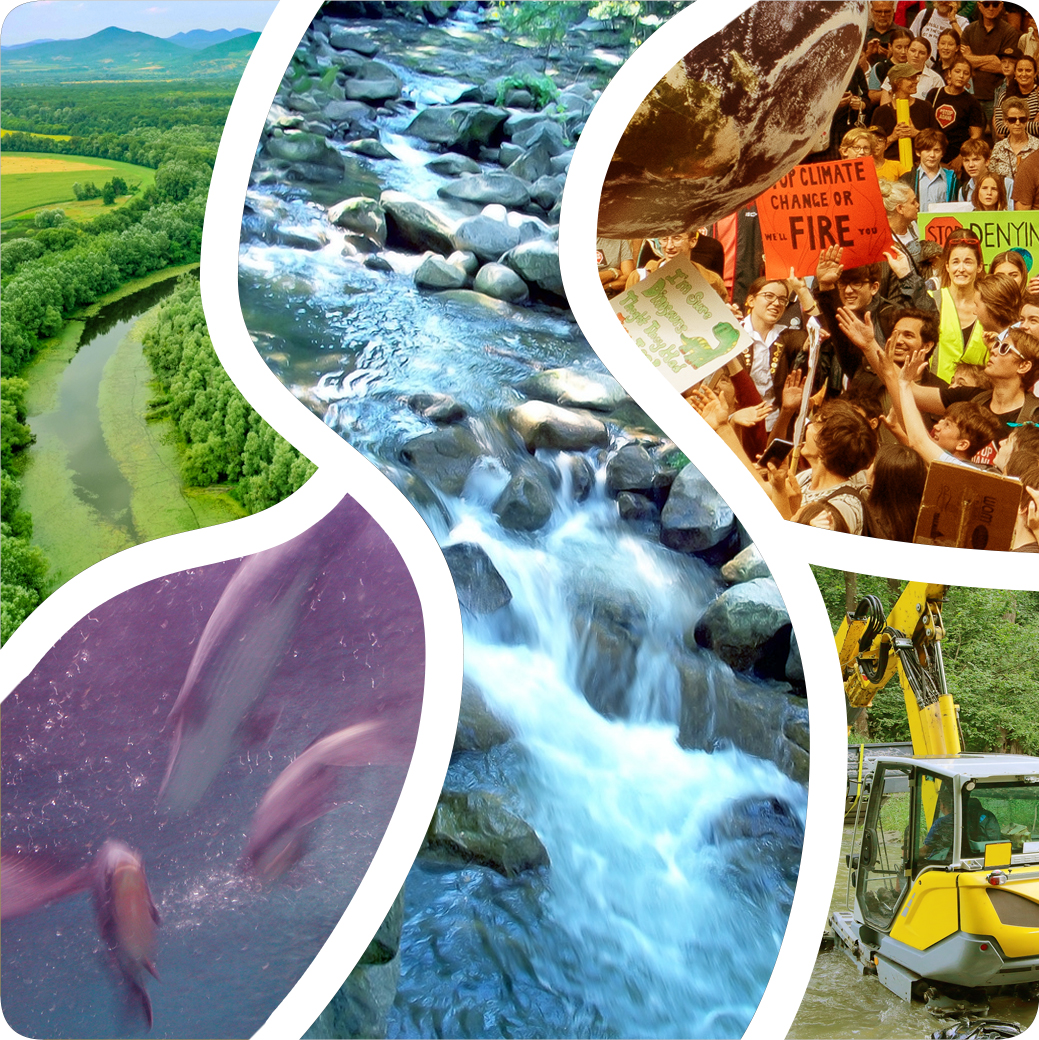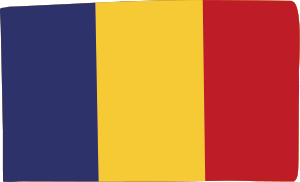Dragos Balaican
Researcher - Danube Delta National Institute for Research and Development
Scientists & Researchers

My Projects
 DAnube WETlands RESToration (DaWetRest)
DAnube WETlands RESToration (DaWetRest)
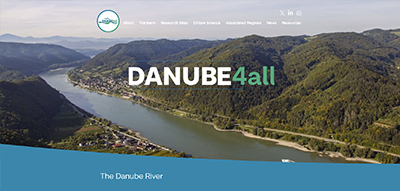 RESTORATION OF THE DANUBE RIVER BASIN WATERS FOR ECOSYSTEMS AND PEOPLE FROM MOUNTAINS TO COAST (Danube4all)
RESTORATION OF THE DANUBE RIVER BASIN WATERS FOR ECOSYSTEMS AND PEOPLE FROM MOUNTAINS TO COAST (Danube4all)
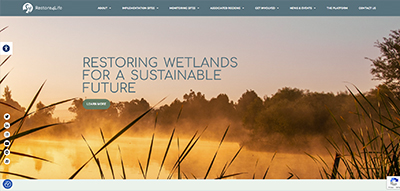 Restoration of wetland complexes as life supporting systems in the Danube Basin (Restore4Life)
Restoration of wetland complexes as life supporting systems in the Danube Basin (Restore4Life)
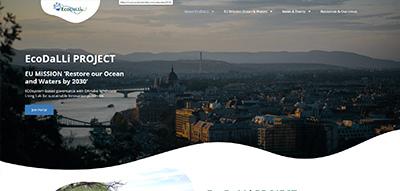 ECOsystem-based governance with Danube lighthouse Living Lab for sustainable Innovation processes (EcoDalli)
ECOsystem-based governance with Danube lighthouse Living Lab for sustainable Innovation processes (EcoDalli)
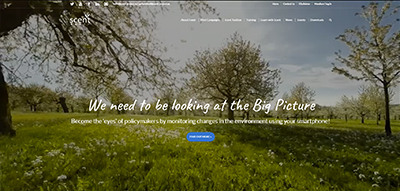 Smart TOOlbox for Engaging Citizens into a People- Centric Observation Web ( SCENT)
Smart TOOlbox for Engaging Citizens into a People- Centric Observation Web ( SCENT)
- Key project facts
- Restore hydrological regimes in wetlands, floodplains, coastal areas and salt-marshes
- Install a real-time surface-water-quality monitoring network
- Deploy solar-powered Recirculating Aquaculture System (RAS) to improve water quality and serve as a local business model
- What impact did these projects have on biodiversity, if any?
- Re-flooding Saraturi revives saline-wetland flora and colonial water-birds.
- Shrinking intensive aquaculture at Caraorman lowers nutrients, allowing macrophytes, amphibians and native fish to recolonize.
- What work challenges did you face and what approach did you take to solve them?
Variable water levels & engineering uncertainty → multi-season drone surveys + adaptive hydraulic models.
- What lessons learned are transferable to other places/projects?
- Form a wide, multi-level consortium. Combine European research experts with local, regional and national decision-makers in the partnership; their early involvement speeds permits and guarantees that every governance tier can use the results.
- Bring SMEs in from day one. Small technology firms (e.g., the supplier of our modular RAS unit) see clear business value, can operate the innovations after funding ends, and thus safeguard long-term impact and replication.
My Focus and Approach
- Lessons Learnt - Some recommendations for others?
- What’s most important:
Strong partners and understanding stakeholders at each level
- Do this, not that:
Do collect baseline data and co-design the fix with local communities and expert partners; not roll out a one-size-fits-all solution before you know the site’s real needs and social context.
- Always start by:
Always start by mapping your stakeholders and building a multi-level coalition — from local communities and SMEs to regional agencies and national ministries.
That early partnership work ensures your restoration idea meets real needs, passes permits quickly and has people in place to look after it once funding ends
- What to do when things get difficult…:
Adapt, rethink, collaborate or ask for solutions from partners that faced in the past with the same problems
- 5 simple steps to:
- Collect data from the field.
- Analyze and identify the most feasible solution.
- Engage with local communities and understand their needs.
- Adapt your solution to local needs.
- Implement/monitor/disseminate
- The biggest barrier and what I am trying to do about it:
The biggest barrier is public perception and acceptance — money and technology mean little if local people are not on board.
To overcome this, we try to engage with stakeholders form early stages, trying to transform them in long term partners and give the restoration a social license that outlasts project implementation period.
- What’s most important:
My Journey
- My journey:
Am a socio-ecology researcher at Danube Delta National Research and Development Institute, Romania.
- My Education:
I returned to Romania after working for 5 years abroad with the initial idea of starting my own business. I started working at the Institute as a freelancer and shortly I got in love with field-work and the Danube Delta. In short time I was involved in international projects and the interaction with experts from hole Europe has defined my path as a researcher.
- The Big Change:
The real impact is still ahead of us. Right now, I’m focused on the journey—restoring natural water flows and habitats while making sure the Delta’s isolated communities see concrete benefits. Every step moves us closer to healthier wetlands and stronger local livelihoods, and that balance is exactly what drives my work.
- Favourite part of the work I do:
That each day is different. One day we are collecting samples and measuring parameters in the Danube Delta, another day we are participating or presenting in International Conferences.
Interview
Prone2Success Factors Demonstrated:
Prone2Success Factors Demonstrated
These are the Prone2Success checklist factors which are highlighted within this showcase. More information on the Prone2Success checklist can be found here.
- Measurable goals to improve ecological status
- Measurable goals to improve ecosystem services
- Communicate/engage with stakeholders from the outset
- Engage with the local community from the outset
- Include adaptive management approaches (combined with monitoring)
- Ensure stakeholder understanding / education of restoration goals & benefits
- Take climate change into account
NRL Restoration Categories:
NRL Restoration Categories
These are the restoration categories (listed under Annex VII of the European Nature Restoration Law (NRL) which are relevant to this showcase.
- [2] Improve hydrological conditions
- [12] Assist migration of provenances and species
- [22] Improve connectivity across habitats
- [26] Restore fish spawning / nursery areas
Was this information useful?
No
Thank you for submitting feedback.
Click here to share your thoughts
Resources
My Projects
 DAnube WETlands RESToration (DaWetRest)
DAnube WETlands RESToration (DaWetRest)
 RESTORATION OF THE DANUBE RIVER BASIN WATERS FOR ECOSYSTEMS AND PEOPLE FROM MOUNTAINS TO COAST (Danube4all)
RESTORATION OF THE DANUBE RIVER BASIN WATERS FOR ECOSYSTEMS AND PEOPLE FROM MOUNTAINS TO COAST (Danube4all)
 Restoration of wetland complexes as life supporting systems in the Danube Basin (Restore4Life)
Restoration of wetland complexes as life supporting systems in the Danube Basin (Restore4Life)
 ECOsystem-based governance with Danube lighthouse Living Lab for sustainable Innovation processes (EcoDalli)
ECOsystem-based governance with Danube lighthouse Living Lab for sustainable Innovation processes (EcoDalli)
 Smart TOOlbox for Engaging Citizens into a People- Centric Observation Web ( SCENT)
Smart TOOlbox for Engaging Citizens into a People- Centric Observation Web ( SCENT)
Acknowledgements & Links
This material was provided by: Dragos Balaican

